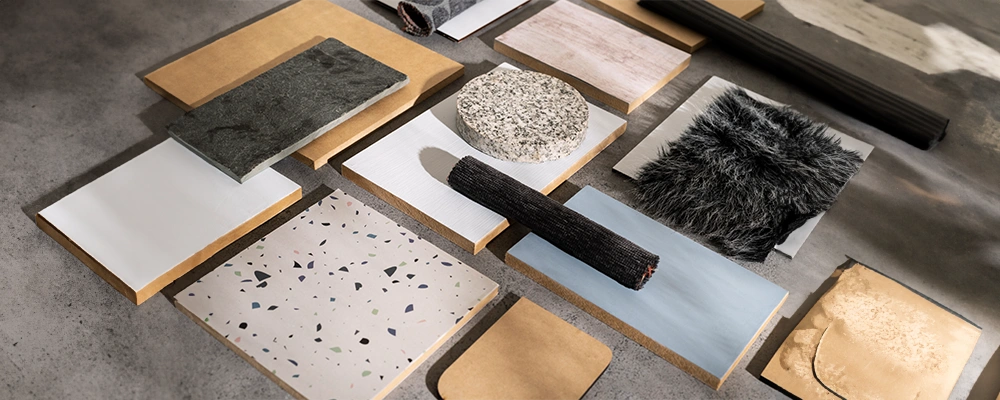Selecting flooring is much more involved than selecting the item with the greatest appearance. Several additional criteria heavily influence a selection, including wetness, durability, price, and more. Feel free to break the rules regarding flooring in your home. Wooden planks, which are great for living areas where you want a cosy feeling beneath your feet, and porcelain tiles, which work well in bathrooms and laundry rooms with high moisture levels, are no longer the only options for home flooring.
Due to new designs and technological advancements, flooring varieties you may have avoided have stayed the same. This has created more options and creative possibilities.
For example, modern engineered wood can be a terrific alternative for living rooms and bedrooms because it is less expensive than solid wood planks. These days, vinyl flooring has realistic pictures of salvaged barn wood that seem good enough for a den. While some new porcelain tiles look great in designer kitchens with their wood-plank-like texture and appearance, others easily pass for Calacatta marble in an opulent powder room. In addition to removing pattern duplication and incorporating texture for a double dose of realism, modern faux flooring products differ from past ones.
In this blog, Brick & Bolt ,talk about the types of flooring materials, pros and cons of the flooring materials and to choose the right flooring materials for your home.
Types of Flooring Materials
1. Concrete Flooring
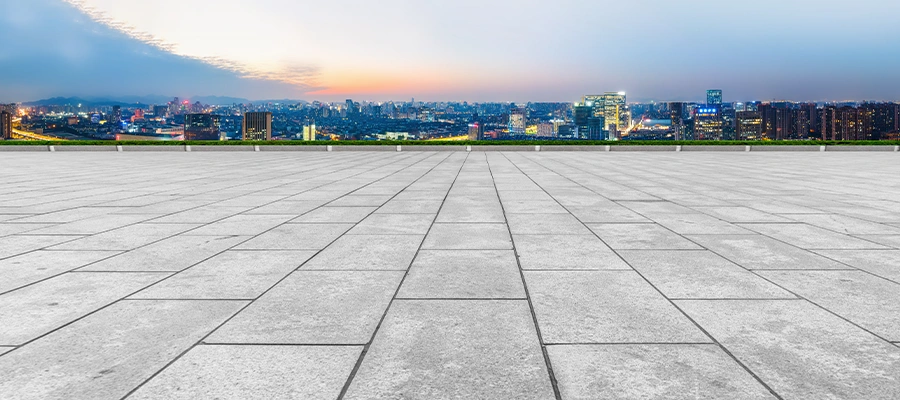
Designers and high-end builders have used this simple building material as a stylish kitchen countertop and floor option. An institutional grey concrete floor that has been placed in place can be dyed, or it can be left that way. Also, it can have various surface treatments applied to it, such as rubber stamp stencils or acid stains, to produce a genuinely unique look.
Advantages:
Concrete floors are distinctive but strong and simple to maintain as long as they’re properly sealed when installed. Suppose you intend to install radiant heating, in which hot water tubes are implanted in the floors during installation. In that case, concrete floors are an excellent choice because of the material’s good heat conductivity.
Disadvantages:
Concrete floors are expensive and must be installed by professionals because they are custom products. The unforgiving rock-hard substance requires resealing for about a year to avoid discolouration.
2. Stone Flooring
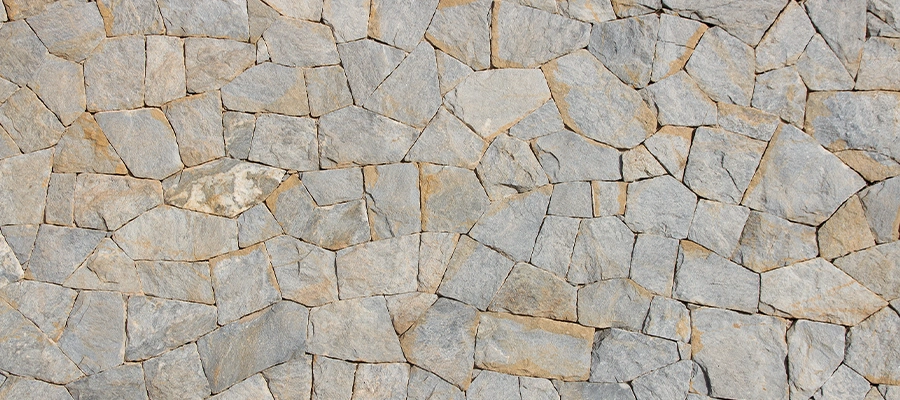
Like wood, the stone is a classic flooring option that almost always raises the property’s value. There are three varieties of stone used for flooring. Layers of dissolved minerals and marine organisms generate sedimentary stones, such as limestone and travertine. Granite and other igneous stones are the product of intense heat and volcanic activity. Stones undergoing metamorphism, such as slate and marble, have undergone extreme heat and pressure changes.
Advantages:
Stone flooring is unique and has a lot of charm because no two stones are alike. Stone is another resilient material that is resistant to fading in direct sunshine and strong foot activity. It also keeps allergies and dust at bay.
Disadvantages:
Most stone flooring requires professional installation, so you’ll pay a premium. Stone floors aren’t soft underfoot, and dishware is almost certain to break if dropped on them. Many types of stone floors require sealing to resist stains.
3. Laminate Flooring
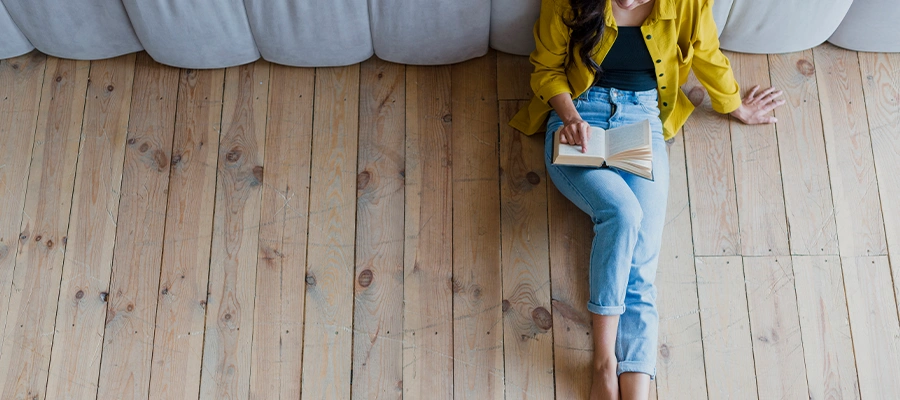
Another engineered product is laminate, which employs an image of wood (or stone or any other material) with a protective plastic coating instead of a wood veneer. Dense fiberboard is commonly used as the foundation for laminate flooring.
Advantages:
Because of its remarkable ability to withstand dents and scratches due to its plastic finish, laminate is among the most durable floor options available. It’s also one of the least priced, and it frequently comes with a “floating” floor system that’s easy to assemble yourself, with planks that click together rather than needing to be nailed or bonded.
Disadvantages:
Most people are unlikely to mistake laminate flooring for actual stone or wood. However, it often feels and sounds like plastic underfoot, and the repetition of patterns can reveal that it’s not real. Laminate flooring is temporary because it cannot be restored. Additionally, it is a less sustainable and healthful option due to the manufacturing process’s use of formaldehyde and other pollutants.
4. Tile Flooring
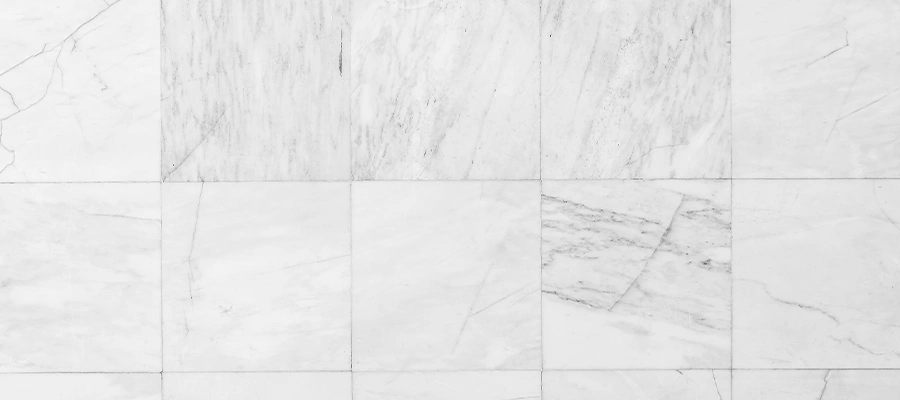
Ceramic and porcelain tile floors are the two primary varieties. Ceramics are usually created by combining sand and water, producing cheaper and softer materials. Because porcelain is made by firing denser and finer clay at a greater temperature, it is inherently tougher and less porous.
Advantages:
Tile flooring has a timeless appearance and comes in an endless array of hues and patterns, ranging from large-format tiles with barely noticeable grout lines to mosaic tiles. Every tile is low-maintenance and waterproof. Porcelain tile is incredibly durable and impervious to dents and scratches.
Disadvantages:
The largest negative is the installation process. It’s advisable to leave this endeavour to a professional unless you’re an extremely skilled do-it-yourselfer because the tiles are normally placed in mortar on a stable, smooth base. Similar to real wood flooring, porcelain tile may be quite costly.
5. Carpet
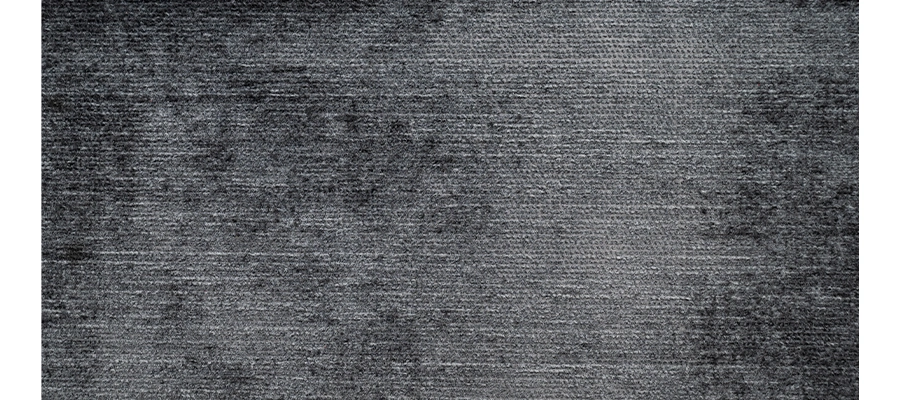
Despite resilient flooring’s increasing market share, carpet remains the most popular type in the United States. Most carpets marketed in this nation are tufted, meaning that tiny strands, usually made of nylon, protrude through a backing usually composed of polyurethane. Next is woven carpet, which is more prevalent in Europe and created by weaving swathes of yarn, most often composed of wool. The cost of woven carpet is significantly higher than that of tufted carpet.
Advantages:
Carpet is the most affordable and pleasant flooring material in various colours and designs. It is simple to install, and routine vacuuming is needed to preserve the carpet. Versions that resist stains are even simpler to maintain.
Disadvantages:
The carpet’s primary drawback is that it collects dust and debris, which allergy sufferers may find very irritating. Due to the way that woven carpet is constructed, dirt cannot hide in it, making it far more resistant to this. In addition to being anti-static, wool deters dust better than nylon tufted carpets.
6. Vinyl Flooring
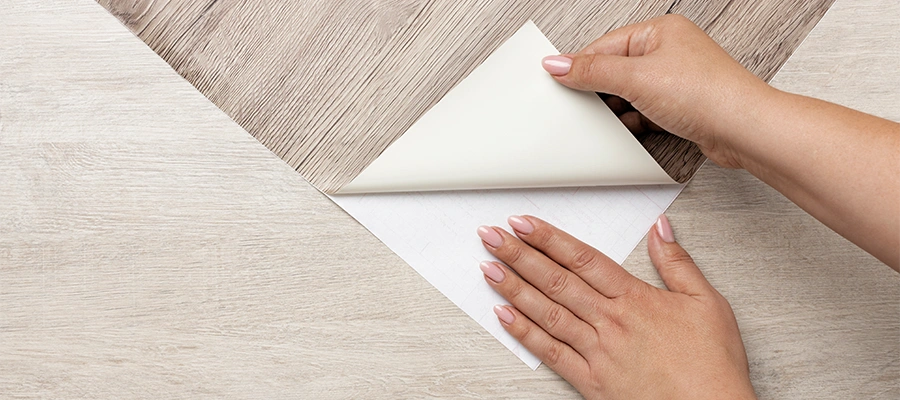
Vinyl, sometimes called resilient flooring, expands the fastest. The selection varies from low-cost, easily assembled peel-and-stick tiles to luxury vinyl tile (LVT). LVT comprises numerous layers, including a design layer with a high-definition printed picture, a sturdy top layer, and multiple cushion layers.
Advantages:
Sheet vinyl for beginners is rather reasonably priced. All vinyl is waterproof and stain, scratch, and dent resistant, making it appropriate for bathrooms and basements. Installation is simple for sticky tiles and floating boards, particularly. LVT is a robust, thick tile that resembles real wood in appearance and texture. In fact, our product specialists frequently struggle to tell LVT from real wood in tests.
Disadvantages:
Even LVT is still a far cry from real wood or stone, so even with its improved patterns and colour options, it will never pass muster with purists. Since it cannot be refinished, replacing it entirely is the only option when it starts to wear out. Not only is LVT unexpectedly costly, but it frequently costs just as much as genuine wood.
7. Linoleum Flooring
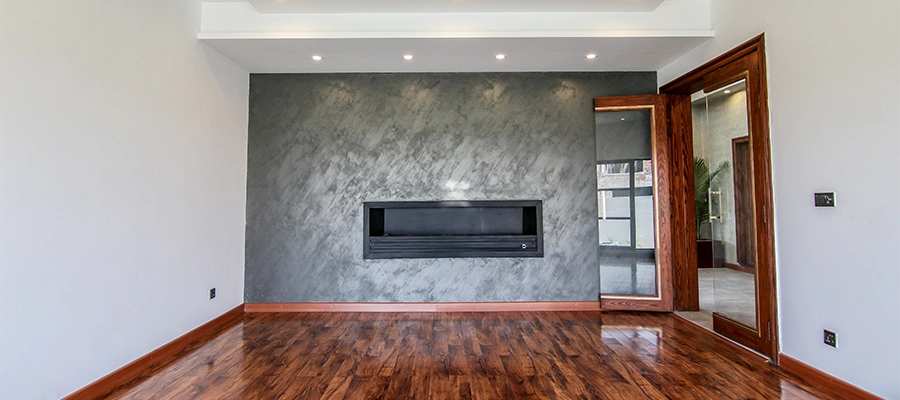
This all-natural flooring consists of wood materials and linseed oil. It is available in sheets or tiles, just like vinyl, but less widely than its durable cousin. Swedlow said, “Those installing linoleum in their kitchen, bathroom, or perhaps a new home gym tend to be more sophisticated customers.”
Advantages:
With linoleum’s distinctiveness and vintage attractiveness, sustainability is a major selling factor. The latest versions offer more styles and colours than previous years. In addition to being incredibly comfortable underfoot, linoleum prevents sunlight fading.
Disadvantages:
Vinyl has greater durability than linoleum. It is readily scratched and dented and prone to wearing under high foot traffic. Although adding to the care, applying a wax finish will help protect the surface.
8. Hardwood Flooring
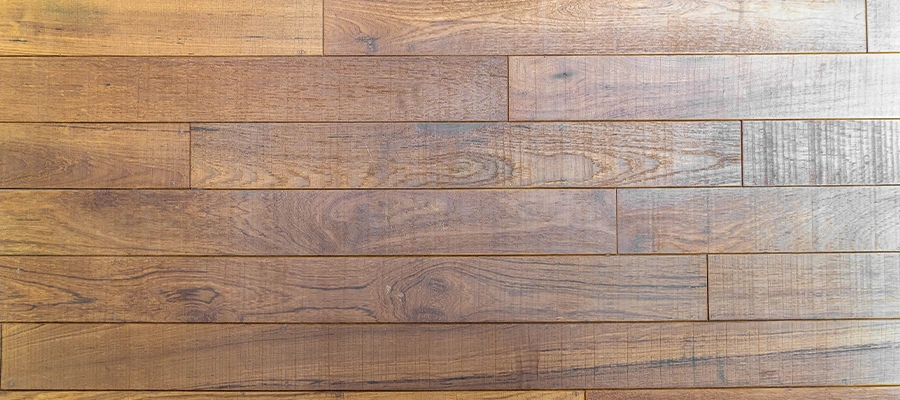
Hardwood flooring is made entirely of solid wood machined from a solid piece. Popular types of hardwood are cherry, walnut, oak, and maple. Many home buyers find it a desirable flooring option due to its quality and versatility.
It does, however, require regular upkeep to keep them looking fantastic. To achieve this, use a hardwood floor cleaner once a month and apply a fresh coat of finish every three to five years. This makes it one of the more expensive flooring materials available.
Advantages:
Hardwood flooring’s timeless appeal might be explained by its warmth and beauty. A well-maintained hardwood floor can survive for decades or centuries because the material can be sanded and polished several times (particularly solid wood varieties).
Disadvantages:
The main drawback is the expense. Wood flooring is usually the priciest material, though some species are more affordable. In addition, it is prone to dents and scratches. Solid flooring, for instance, expands and contracts in response to variations in humidity, which can cause cracks, splinters, and creaky boards (engineered flooring handles moisture considerably better, making it ideal for kitchens and basements).
9. Engineered Wood Flooring
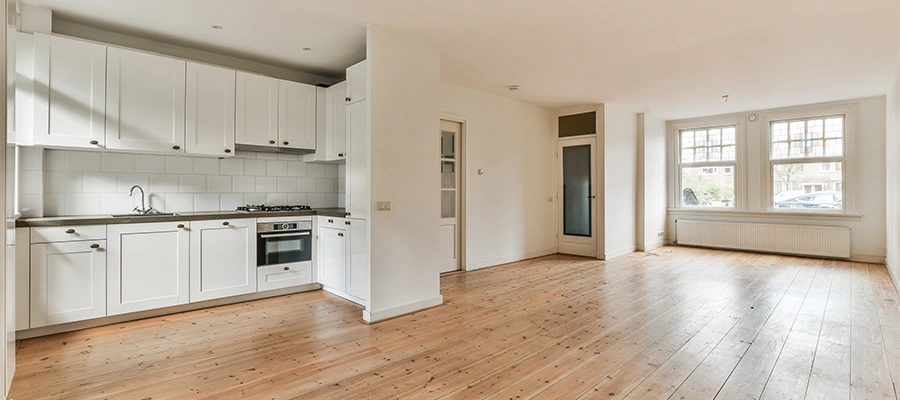
Engineered wood flooring is less expensive than solid wood and resembles real wood. It comprises a premium plywood base with a thin layer of hardwood laminated on top. It can last just as long as solid hardwood floors when properly cared for. Engineered wood flooring is a wonderful alternative for DIYers to install, saving money on installation charges.
Advantages:
It can be done yourself. Its top layer is made of real hardwood, which is more resistant to water and moisture than actual wood and less prone to distortion. Various techniques for installation are available.
Disadvantages:
It is not possible to redo more than once. It is not resistant to fading or significant differences in quality. Hollow underfoot sounds are possible.VOCs are released.
Things To Think While Choosing Flooring Materials For Your House
Many homeowners just consider the flooring’s appearance and cost, needing to consider how they will feel about the material over time. These are the things you should consider to make the right choice.
Maintenance:
When a floor is originally installed, it usually looks amazing. How much labour will it take to maintain that appearance for years or even decades? It’s really simple to keep engineered wood, vinyl, and laminate. Stone and linoleum are examples of materials that require more frequent sealing.
Comfort:
Compared to hard materials like concrete, stone, and porcelain, flooring with a soft underfoot like cork and vinyl tile will be far more comfortable. Comfort is crucial, especially in areas where you spend a lot of time standing, like the kitchen and laundry room.
Sustainability and Health:
Certain floors are better for the environment and your health than others. Generally speaking, the fewer synthetic materials they have, the better. For this reason, laminate or engineered wood floors are inferior to solid wood flooring. Cork and natural linoleum are also better than vinyl. The Sustainable Forestry Initiative and the Forest Stewardship Council have certified wood flooring, which originates from forests that are managed sustainably. Low levels of volatile organic compounds, or VOCs, are released by resilient flooring that has earned the industry’s FloorScore accreditation.
Other Flooring Materials
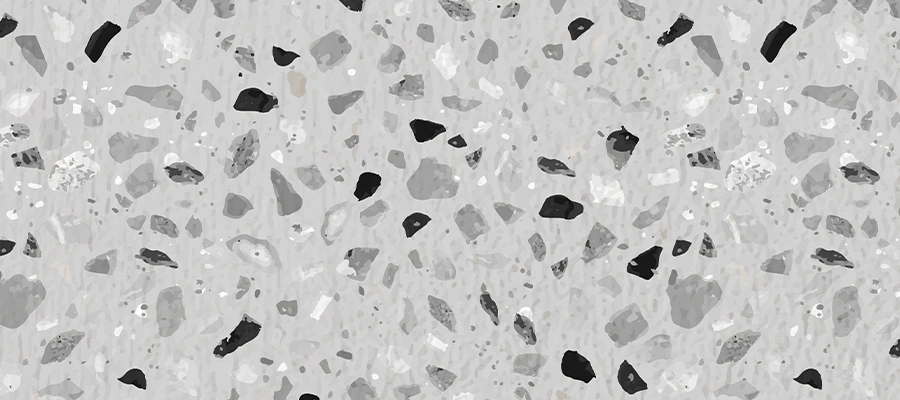
It is not just the materials listed above that can be used for flooring. Several unconventional materials can be utilised for flooring. Consider the following substitute materials:
Rubber: An organic substance possessing strong durability and a non-slip surface.
Terrazzo: A sturdy composite composed of epoxy and natural stone fragments.
Cork is an organic substance derived from the bark of cork oak trees. It is outstandingly fire-resistant and sound-blocking.
Bamboo: An eco-friendly substitute for real wood floors in place of hardwood.
It takes more than just picking the most attractive or affordable flooring for your house to choose the best flooring. Several criteria heavily influence the choice, including moisture content, durability, ease of care, and cost. Choosing a new floor can be an investment, so consider your wants and preferences. To ensure the job is completed to your standards, make sure you thoroughly discuss your ideas including the cost of marble flooring with the flooring contractor you selected. It is advisable to browse the top flooring installation businesses to ensure the work is done properly.

